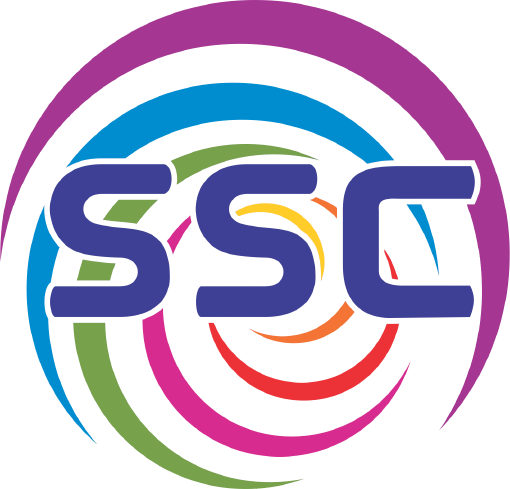|
a) |
Line of symmetry is perpendicular to axis of symmetry. |
|
b) |
A figure can be broken into two congruent shapes about its axis of symmetry. |
|
c) |
A figure can have multiple axes of symmetry. |
|
d) |
Line of symmetry and axis of symmetry are same. |
|
e) |
Axis of symmetry of a figure need not intersect with the figure at any point. |
|
f) |
A line segment has one line of symmetry. |
|
g) |
An obtuse angled triangle has zero lines of symmetry. |
|
h) |
For every point on the figure on one side of the axis of symmetry, there is a corresponding point on the other side. |

